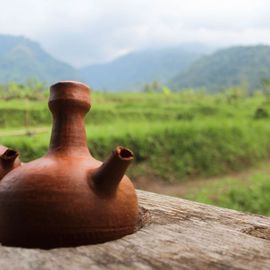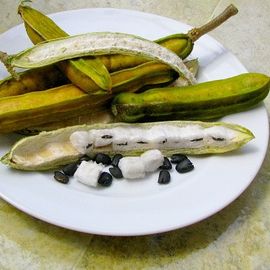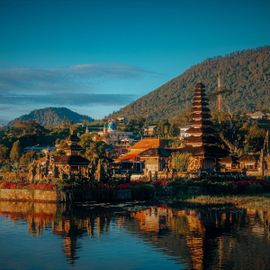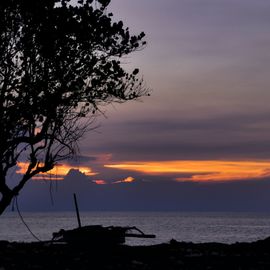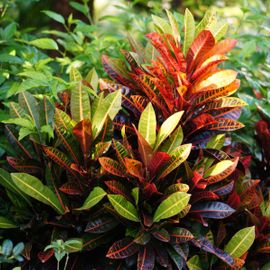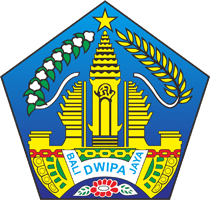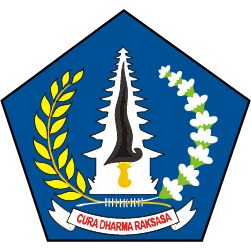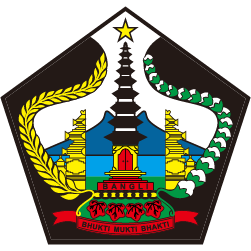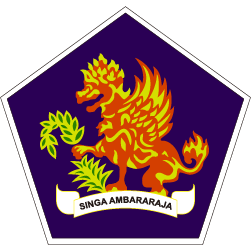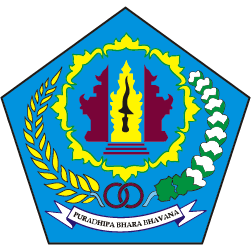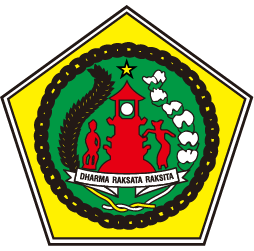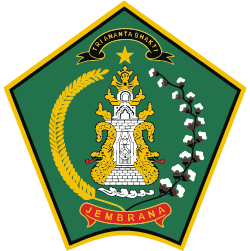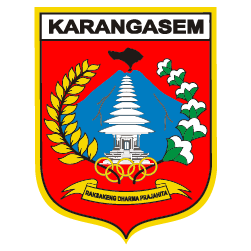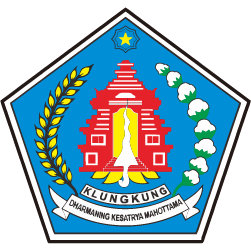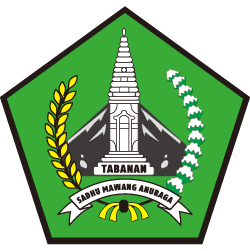Studying Bali’s Irrigation System At The Subak Museum
Studying Bali’s Irrigation System At The Subak Museum.
Greenfields spread wide like tapestries mounted under the horizon. Up there, the blue cloud stretches brightly. Sometimes there are some white clouds that cluster and shade some parts of the earth but then get lost in the wind. That's the description of several regions in Tabanan. Everyone, including you, must be interested in coming and breathing the fresh air.
Subak Museum
The atmosphere like the description above will be easily found in Tabanan, because this region is known as the 'grain barn' of Bali. So if you go to Tabanan and you have time to stop by the Jatiluwih area, you’ll find this beautiful green landscape. Because of the fertility of the Tabanan area, some regions are even designated as a rice planting area, so there should be no development in there.
Now, to keep Bali as an independent and empowered region, a Subak irrigation system was created. This system is divided into primary, secondary, and tertiary irrigation. The primary irrigation system comes from natural water, such as a large lake in Bali. One of the closest ones from Tabanan is Lake Bratan. Then from here, the area will be divided into several irrigated areas to the smallest division. So the water from the lake will flow into the river, then arrive at the division of each paddy field through the village ditch.
Looks complex, but it was successfully done from ancient times. Well, if you want to know the history of the irrigation system in Bali, let's come to the Subak Museum. You will get complete information about the tools used to plow the fields, to how the Balinese people calculate the planting and harvesting systems of rice.
Subak Museum is located in Banjar Anyar Village, Kediri District, Tabanan Regency. You can come to the clerk's office to pay for the entrance ticket. Then you will be taken by one of the museum officers to get around. Well, from the entrance you will see the statue of Dewi Sri as a symbol of the Goddess of Fertility. Under Dewi Sri's feet, there are several animals in the fields such as frogs, snails, and fish. This indicates that Balinese people respect the goddess as a symbol of fertility. So that in certain events, there is a tradition to honor Dewi Sri and ask for fertility for the region.
At the Subak Museum, there are models of the Bali region, especially Tabanan. You will see how the Jatiluwih region is Bali's only rice planting area. In Bali, rice is superior in its race. However, planting takes a long time. If ordinary rice can be harvested in three months, Balinese rice will only be harvested within a period of six months. However, Bali rice is very typical and has a rather long grainy characteristic. The grain is very dense and it doesn’t fall out easily.
In addition to the irrigation system, you will also find a type of traditional Balinese house. You can see that the Bali house consists of several buildings. Each building has its own function, even bedrooms for each family member are separated. So, are you interested in the collection of Subak Museum? Then come and enjoy the sensation of returning to the past time of Bali!
